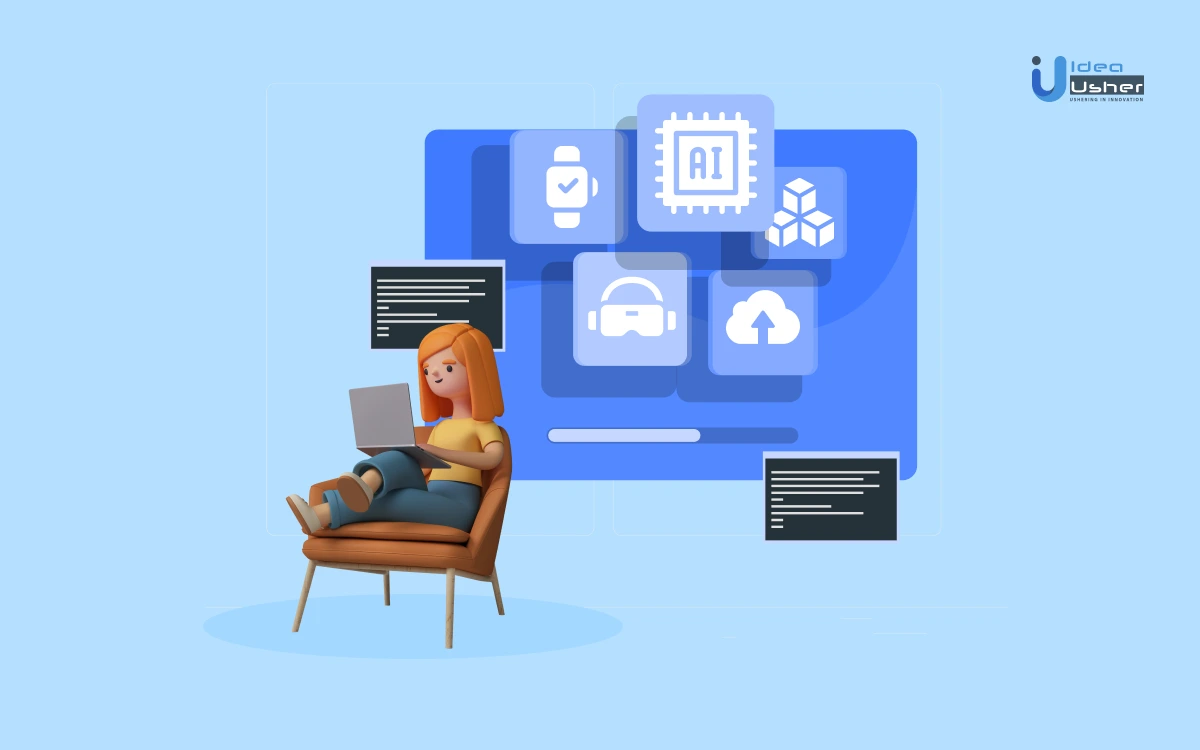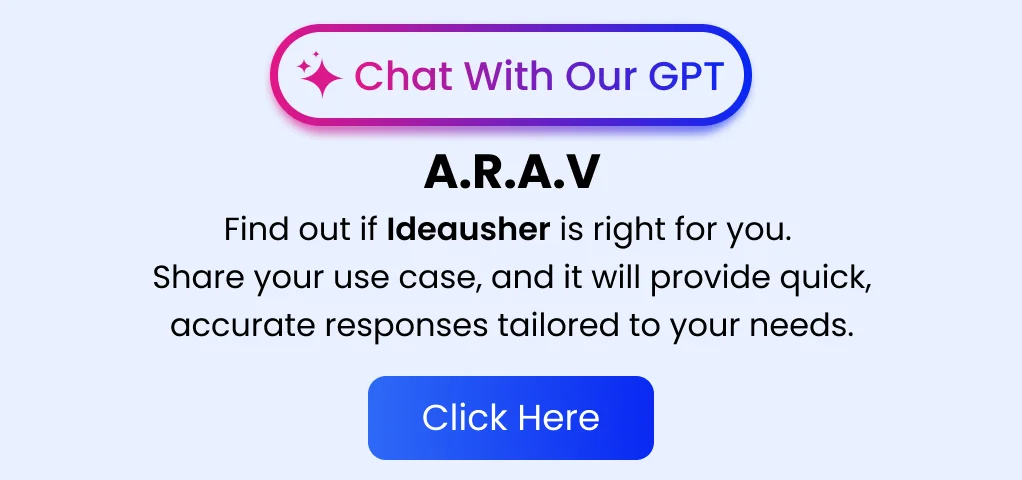We live in a constantly changing world where everything from the environment to technology is evolving. Advances in technology create a dynamic environment in various fields, including software development. With newer trends surrounding the development landscape, it has become essential for developers and software companies to keep up with everything. But what are the current trends in software development? We’ll answer this question in this article.
Overview of the current trends in software development
1. Mixed reality (MR)
We’ve all heard of the terms Virtual Reality (VR) and Augmented Reality (AR), but what’s Mixed Reality (MR)? It is a combination of VR and AR.
| Virtual Reality | VR creates a computer-generated simulation that immerses the user in a virtual environment. A VR headset blocks the user’s view of the real world, and its sensors translate their movements into the virtual world. |
| Augmented Reality | AR layers digital objects onto the real world in front of the users. It keeps the physical world central but augments it with other digital information, building new layers of perception and complementing your reality or environment. |
| Mixed Reality | In mixed reality, you use next-generation sensing and imaging technology to interact with and manipulate both physical and virtual products and settings. |
The mixed reality market was worth $811.33 million in 2021, and total mixed reality revenue is predicted to climb 44.5% from 2022 to 2029, reaching nearly US$ 15421.99 million.
Maximize Market Research
Mixed reality is gaining traction, and some MR devices have already entered the market. For example, Microsoft’s Hololens is a popular MR device commercially available in the market. It’s a holographic computer that you wear around your head, with lenses that project holograms that you can modify and interact with as if they were real.
MR is helpful in several fields, including entertainment, education, military training, construction, etc., making it a popular trend for software development in these fields.
2. Blockchain
Blockchain is an integral part of the Web 3.0 ecosystem and has vast implications for enterprise systems. For the unversed, blockchain is a decentralized, peer-to-peer network that provides benefits such as a distributed ledger, security, and transparency.
Businesses worldwide are exploring blockchain’s potential, and several industries are employing this technology to improve their digital infrastructure.
| Identity management | By using smart contracts, blockchain identity management helps in easier identity verification, paperless functioning, non-custodial login solutions, etc. (Refer to Fig. 1) |
| Supply chain management | Blockchain technology helps cut expenses and fraud while increasing transparency throughout the supply chain process. The system has helped lower shipping costs and track products through various phases of a company’s supply chain. |
| Real estate | Blockchain enables property tokenization and efficient property investment valuation based on anonymous and comparable data. |
| Healthcare | Blockchain integration in healthcare can reduce costs, improve information access, and streamline business flows. |
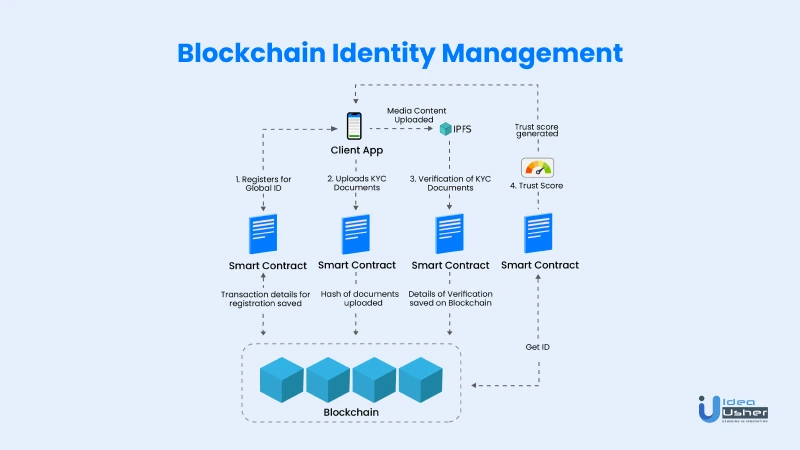
For example, companies like Visa in banking and finance, Unilever in the supply chain, Pfizer in healthcare, and Brookfield in real estate have utilized blockchain to their advantage.
The extensive application of blockchain across several industries has led to the massive growth of this technology. More and more applications use blockchain for greater security, transparency, and speed. According to Fortune Business Insights, the global blockchain market was valued at USD 4.67 billion in 2021 and is expected to grow to USD 163.83 billion by 2029.
3. Artificial intelligence (AI)
AI is one of the most significant current trends in software development that focuses on making machines ‘intelligent’ to be able to perform tasks that only humans could perform earlier. Its various disciplines, such as machine learning, deep learning, natural language processing, etc., have helped several businesses improve their operations.
| Healthcare | AI software, applications, and devices have helped the healthcare industry in multiple ways, including medical diagnosis, drug discovery, gene testing, etc. |
| Banking and Finance | Many banks already use AI software to detect fraudulent activities, provide customer service, and identify abnormalities. |
| Agriculture | Organizations are employing AI-enabled automation and robotics technology to assist farmers in finding more efficient ways to safeguard their crops. Image identification AI software analyzes potential crop issues using images acquired by the user’s smartphone camera. |
| Travel | Besides improving customer service, travel companies are also employing AI techniques to determine prices for various places by evaluating historical and real-time data from numerous data silos. |
Amazon is a popular example of a company that has entered the AI game with its virtual assistant, Alexa. Moreover, it has also integrated AI into its business functions.
4. Internet of Things (IoT)
Technology is advancing daily, and the Internet of Things has been a perfect example of technological improvements in the past few years. Data transmission has become a cakewalk, with electronic devices, vehicles, and appliances becoming smarter and fitted with sensors. IoT apps, software, and devices use application programming interfaces (APIs) to exchange data over the Internet.
The global IoT market was worth USD 384.70 billion in 2021 and is expected to reach USD 2,465.26 billion by 2029.
Fortune Business Insights
IoT has several real-life use cases across multiple industries and is already proving beneficial, thus leading to more IoT-enabled software being developed.
| Smart homes | Smart home devices can monitor energy usage and provide safety, security, etc. These devices can be controlled remotely using mobile applications. |
| Agriculture | IoT in agriculture is used for precision agriculture, weather conditions monitoring, greenhouse automation, and agricultural drones. |
| Construction | IoT in agriculture helps in optimal resource utilization and expense planning. Its use cases include site monitoring, machine control, construction safety, fleet management, etc. |
German logistics company, DHL, has been experimenting with IoT since 2017. It produced a handbarrow IoT application with the assistance of Chinese business Huawei, allowing data transmission across IoT devices at a considerably reduced cost.
5. Progressive Web Apps (PWA)
When we talk about mobile apps, native apps provide the best user experience and performance. However, native app development can be costly as you need to develop separate apps for Android and iOS. Moreover, users want a good app experience without giving up a lot of storage space.
Google’s research report found that 50% of smartphone users are more likely to use a company’s website when browsing because they don’t want to download an app.
The solution? Progressive web apps. They are web apps that provide a partly similar user experience to native apps. Additionally, they are fast, secure, responsive, and can work offline.
PWAs are becoming increasingly popular among developers because they are platform agnostic—developers do not need to create separate mobile, tablet, and desktop apps. Although these apps lag a little behind in providing a native app user experience, building them can be a decent solution if you have a limited development budget. PWAs are less expensive because there is only one codebase to develop and maintain.
Forbes saw a reduction in load time for the app from 12 seconds to 0.8 seconds since it switched to PWA.
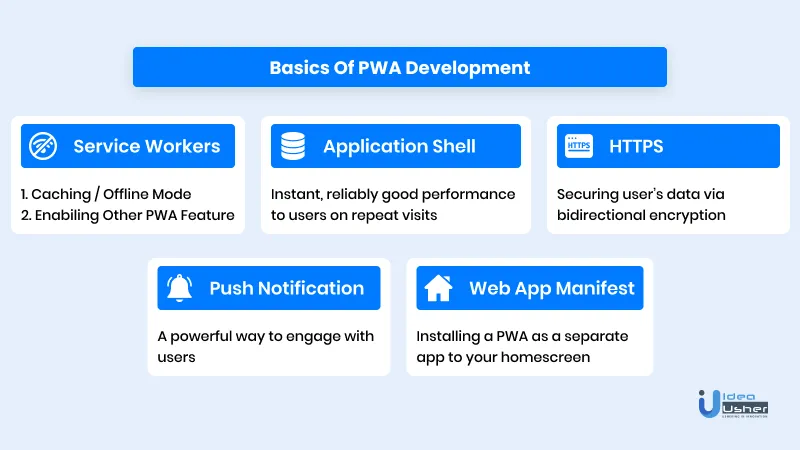
6. Cloud technology
Although cloud computing is not a new concept, its usage in recent years has drawn attention. Distributed cloud technology and cloud-native environments are becoming quite popular. For example, Netflix utilized the cloud when it was a relatively new technology and has now scaled globally.
Distributed cloud
When the pandemic struck two years ago, many firms were compelled to close, making on-site data access problematic. However, this further popularized cloud technology by allowing enterprises to access their data and apps via the cloud.
Rather than putting backend services on a single cloud server, companies should use a distributed cloud topology, where several cloud providers host services in different geographical regions.
The immediate benefit of the distributed cloud is felt when programs continue to function even when one of the servers fails. Service disruption is avoided thanks to high availability, and cloud redundancy capabilities help avoid data loss.
Cloud-native architecture
Cloud-native is a software architecture that works within distributed public, private, and hybrid clouds. This concept will be required in company software products to run efficiently with several servers.
This architecture provides efficiency and scalability while working with numerous servers.
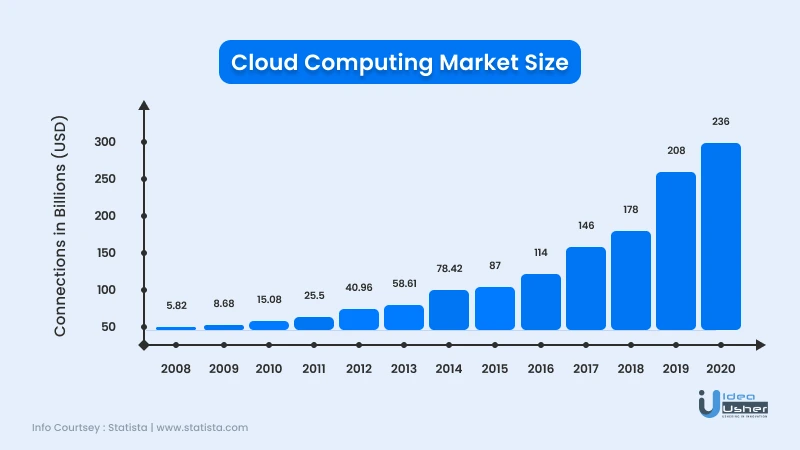
7. Microservices architecture
Microservices architecture is a hot topic in the current trends in software development. Its popularity is rising as it represents a new approach to software development.
The potential growth difference in the cloud microservices market will reach USD 1.59 billion from 2021 to 2026.
Technavio
The old monolith architecture approach involves integrating all the processes as a single service and adding newer features as the project grows. Because the code is all bundled, altering one function means changing the whole application. As a result, this approach was considered hardly scalable a long time ago.
On the other hand, the MRO software’s includes modules created as standalone services. Each module supports a specific job or purpose and communicates with other sets of services via an API. The modules can be constructed, managed, and changed independently of one another.
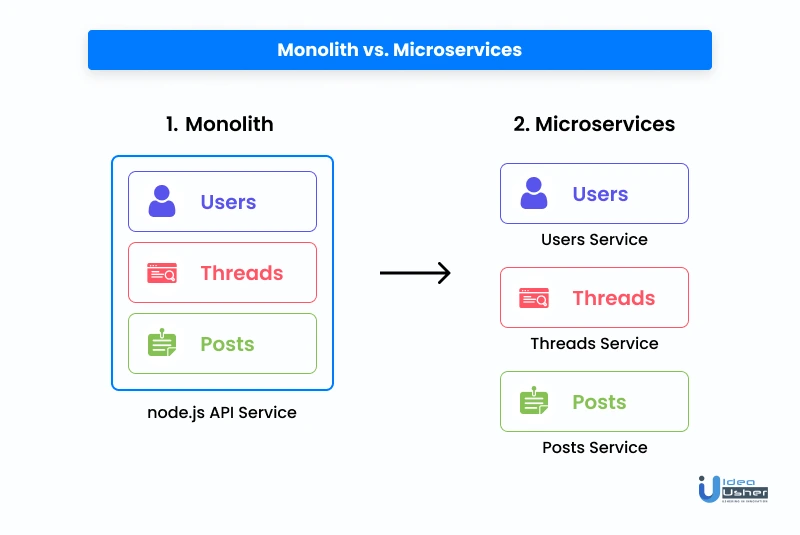
Because of this new structure, microservices take less development time and can be readily scaled. They are also reusable in other projects.
For example, Uber uses microservices architecture for its processes like driver management, passenger management, billing, etc.
8. DevOps and DevSecOps
DevOps, a hybrid of development and operations, reduce boundaries between development and operations processes, whether as an individual engineer or an entire team of specialists. The main goal of DevOps is to integrate the whole software application lifecycle, from development and testing to deployment and operations. It has been revolutionizing software development for many years.
DevOps processes can be visualized as an infinite loop, with roles of both development and operations teams: planning, coding, building, testing, releasing, deploying, operating, monitoring, and—via feedback—returning to planning.
However, the old DevOps method frequently lacked one element of the puzzle. Because testing did not always include critical security practices, the final product was vulnerable to cyber threats. DevSecOps is a development strategy that addresses this issue by placing security at the center of the development effort.
DevSecOps is a novel approach to incorporating security measures into the development process. Security teams do not work at the end of a project but rather from the outset, assisting developers and testers in optimizing the safety of their operations.
For example, in its DevOps journey, Adobe employed key tools and practices like microservices, containers, and CI/CD.
9. Cybersecurity
Technological advancements also mean a rise in cybercrimes. According to Statista, during the second quarter of 2022, internet users worldwide saw around 52 million data breaches. Cybercrimes lead to a loss of trillions of dollars; thus, cybersecurity becomes a critical issue while developing software and applications.
Critical cybersecurity risks in software and apps include:
- Ineffective authentication
- Sensitive data exposure
- XML external entities (XXE)
- Incorrect execution of identity and access management
- Outdated software usage with known vulnerabilities
Cybercriminals are becoming more organized and operating with more innovative techniques. As a result, it becomes necessary to implement cybersecurity mesh during development. Cybersecurity mesh is part of the app where security measures are deployed and tested on each dispersed network access module. DevOps teams use this method to include security testing during development to verify that no vulnerabilities are introduced.
10. Outsourcing
Currently, we are witnessing a startup boom worldwide; more and more entrepreneurs are starting their businesses and looking to cash in on opportunities. However, market uncertainties, recession, and business sustainability concerns have made entrepreneurs think about their core competencies. Generally, too, businesses should focus on what they do best and offload the peripheral tasks to other expert companies.
This trend continues in IT and software development too. Statista states that the global IT outsourcing services market revenue was around $400 billion in 2020.
Outsourcing software development allows business owners to be more flexible and cost-effective. If in-house teams lack capabilities in specific software stacks, managers don’t need to hire new in-house engineers and pay them regularly. Instead, they can partner with a remote provider and pay the team on an hourly or per-project basis.
For example, tech giant Google also knows that it cannot do it all. It outsources development work, and email support for products like AdWords, etc.
Implementation of current trends in software development
The worldwide IT industry is constantly attempting to balance remaining on the cutting edge of new technology to provide the greatest possible customer experience and the cost of staying ahead. The latest software development trends help businesses up their game and develop efficient and scalable software.
However, implementing these trends for software development can be challenging, and it cannot be accessible if a business does not have a core IT competency. In such cases, consulting experts with relevant technical knowledge and expertise is ideal. Development companies can be a suitable choice as they provide a team of experts who assist you in developing good quality software.
Idea Usher is a leading technology company providing web development, app development, blockchain, IoT, and AI-related services. With years of experience in the technology industry, our experts offer cutting-edge digital solutions to clients.
Contact us to develop your software integrating the latest development trends.
Work with Ex-MAANG developers to build next-gen apps schedule your consultation now
Frequently asked questions
Q. Which software technology is trending now?
A. Blockchain, AI, IoT, and other web 3.0 technologies are trending in software development.
Q. What is the future of software development?
A. The software development sector is looking at an upward trend. According to Grand View Research, the global business software and services market size was valued at USD 429.59 billion in 2021 and is expected to grow at a CAGR of 11.7% from 2022 to 2030.
Q. Which programming language is best for software development?
A. The suitability of the programming languages depends on your use cases. Each programming language has different use cases and benefits. A language that might work well for a particular project may not be suitable for another. Some popular languages are Python, Java, JavaScript, SQL, etc.
Q. How will the current trends in software development impact businesses and industries?
A. The current trends in software development are likely to have a significant impact on businesses and industries, including:
- Increased efficiency and productivity through automation and AI-powered tools
- Improved customer experiences through natural language processing and personalized recommendations
- Greater security and data privacy through blockchain and distributed ledger technology
- Enhanced scalability and flexibility through cloud-native development and deployment
- Faster time-to-market through agile and DevOps methodologies
- New opportunities for innovation and disruption in various industries
